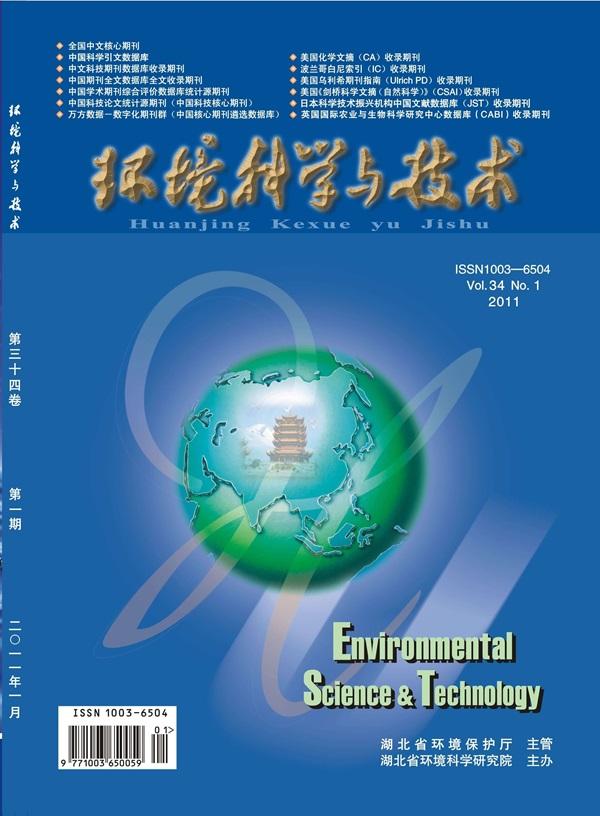Multiomic Landscape of Primary Hypothyroidism Induced by Subchronic Exposure to Low-Dose Novel PFOS Substitute OBS in Human and Murine Models
IF 11.3
1区 环境科学与生态学
Q1 ENGINEERING, ENVIRONMENTAL
引用次数: 0
Abstract
Sodium p-perfluorous nonenoxybenzenesulfonate (OBS) as a novel surrogate for perfluorooctanesulfonate (PFOS) has been extensively utilized in industrial manufacturing and daily life. However, studies on OBS-induced environmental health risks of obstructive biosynthesis (OBS) are currently limited, particularly the risk for thyroid diseases. Following the construction of in vivo (mouse) and in vitro (normal human primary thyrocytes) models of subchronic low-dose OBS exposure, we explored the thyroid-disrupting effects of OBS through multiomics approaches and experimental validations. Our results showed that subchronic exposure to low doses of OBS led to primary hypothyroidism in mice, presenting with reduced number and functional abnormalities of thyrocytes. Further in vitro assays confirmed that low-dose OBS-induced disulfidptosis, a newly discovered form of programmed cell death, in human primary thyrocytes. Meanwhile, exposure to low-dose OBS remarkably suppressed thyroid hormone synthesis pathways in mouse and human thyrocytes. The charted multiomic landscape of OBS-induced primary hypothyroidism in mammals revealed the thyroid toxicity and endocrine-disrupting properties of OBS, suggesting that it is not a safe alternative to PFOS.

亚慢性暴露低剂量新型全氟辛烷磺酸替代物诱发原发性甲状腺功能减退的多组学研究
对全氟壬烯氧苯磺酸钠(OBS)作为一种新型的全氟辛烷磺酸(PFOS)替代品,在工业制造和日常生活中得到了广泛的应用。然而,目前关于OBS诱导的阻塞性生物合成(OBS)环境健康风险的研究有限,特别是对甲状腺疾病的风险。在构建体内(小鼠)和体外(正常人原发性甲状腺细胞)亚慢性低剂量OBS暴露模型后,我们通过多组学方法和实验验证探索OBS对甲状腺的干扰作用。我们的研究结果表明,亚慢性暴露于低剂量的OBS导致小鼠原发性甲状腺功能减退,表现为甲状腺细胞数量减少和功能异常。进一步的体外实验证实,在人原发性甲状腺细胞中,低剂量obs诱导的二硫垂症是一种新发现的程序性细胞死亡形式。同时,暴露于低剂量OBS显著抑制小鼠和人甲状腺细胞的甲状腺激素合成途径。OBS诱导的哺乳动物原发性甲状腺功能减退的多组图显示了OBS的甲状腺毒性和内分泌干扰特性,表明它不是全氟辛烷磺酸的安全替代品。
本文章由计算机程序翻译,如有差异,请以英文原文为准。
求助全文
约1分钟内获得全文
求助全文
来源期刊

环境科学与技术
环境科学-工程:环境
CiteScore
17.50
自引率
9.60%
发文量
12359
审稿时长
2.8 months
期刊介绍:
Environmental Science & Technology (ES&T) is a co-sponsored academic and technical magazine by the Hubei Provincial Environmental Protection Bureau and the Hubei Provincial Academy of Environmental Sciences.
Environmental Science & Technology (ES&T) holds the status of Chinese core journals, scientific papers source journals of China, Chinese Science Citation Database source journals, and Chinese Academic Journal Comprehensive Evaluation Database source journals. This publication focuses on the academic field of environmental protection, featuring articles related to environmental protection and technical advancements.
 求助内容:
求助内容: 应助结果提醒方式:
应助结果提醒方式:


